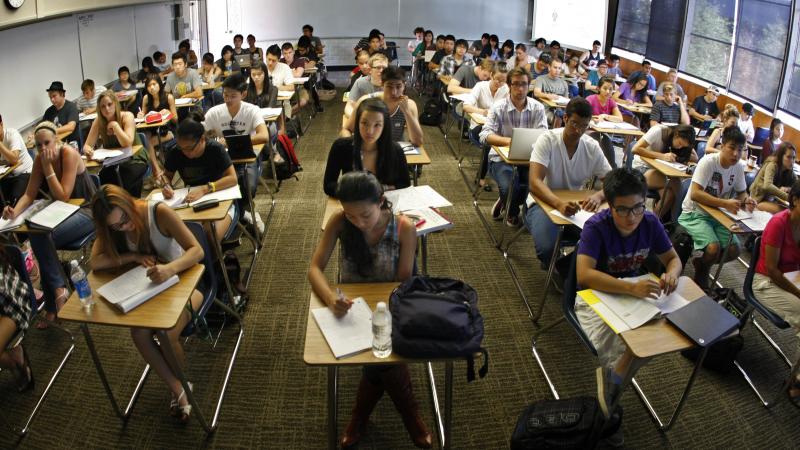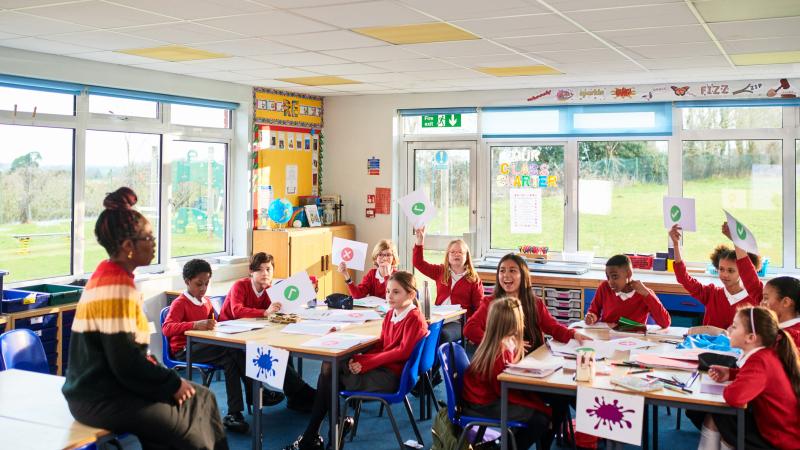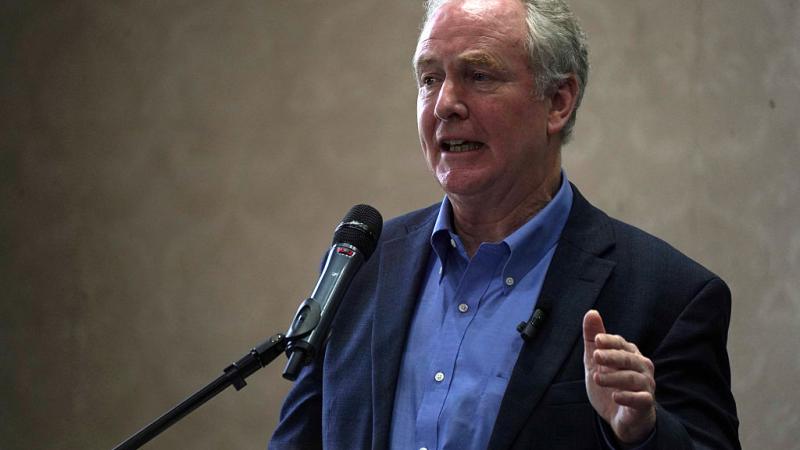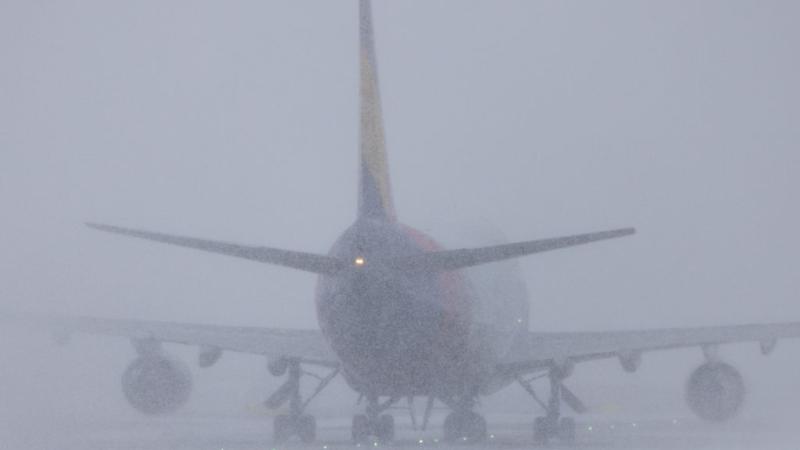School leaders tell feds that 40% of students are behind grade level
According to a federal survey of school leaders, 40% of students in the nation’s public schools were behind grade level in one or more subjects at the beginning of the school year. The National Center for Education Statistics (NCES) announced its findings this week
(The Center Square) -
According to a federal survey of school leaders, 40% of students in the nation’s public schools were behind grade level in one or more subjects at the beginning of the school year.
The National Center for Education Statistics (NCES) announced its findings this week that the percentage of students school leaders estimated to be behind where they should be was down 7% from the 2022-23 school year but still 8% higher than before the pandemic.
School leaders told the federal education statistics agency in October that over a third of students were behind entering the 2024-25 school year. NCES data shows students are farther behind than before state and local governments closed schools during the COVID-19 outbreak.
Before the pandemic, school leaders estimated that 32% of students were behind grade level in at least one area. In 2021-22, it rose to 45%, and in the 2022-23 school year, it reached 47%.
The data shows school leaders were more likely to say students from low-income families and in schools where the population was 76% or more students of color were behind, with 52% of students estimated to be behind where they should be.
School leaders located in cities and at schools with fewer than 300 students reported that 48% of students were lagging academically.
The data follows with broader student academic achievement data and other metrics that show the effects of the pandemic closures were not equitable to minority students, who suffered more significant declines in academic achievement.
The survey also found that students were more likely to be estimated to be behind in specific subject areas studied.
“Ninety-eight percent of public schools reported that at least some students were behind grade level in mathematics and English or language arts,” the NCES said in its findings.
School leaders said 76% of students were behind in the sciences, and 55% were behind in social studies.
• This story initially published at Chalkboard News, a K-12 news site that, like The Center Square, is also published by Franklin News Foundation.














